Les Treize Desserts: Pompe à l'Huile

The whole idea originates from the number at the table at Christ's last supper, a spread called les treize deserts. A platter or sometimes even a special table is devoted to regional specialties like nougat along with a healthy selection of dried fruits and nuts like figs and prunes. Some enjoy it after Christmas mass, others after the holiday meals. When we go down south of the holiday, after every meal, even though we've eaten tons, there's always room to crack a few nuts and fit in some dried fruits here and there, n'est-ce pas? We often find ready-made versions of this regional holiday platter of treats in specialty shops throughout Provence and even at the grocery store, although most families put them together at home as a holiday activity something like making Christmas cookies. Sometimes people don't even know why they do these things, it's just the custom. You may see any or all of the following list making the rounds after holiday meals if you spend Christmas in Provence. This year I will share with you the recipes for creating your own treize desserts platter.
1. Pompe à l'huile, a local olive oil based bread (recipe below)
2. White nougat
3. Dark nougat
The 4 Mendiants, fruits and nuts:
4. Walnuts or Hazelnuts, to symbolize the Augustins
5. Dried figs, to symbolize the Franciscans
6. Almonds to symbolize the Carmes
7. Raisins or prunes to symbolize the Dominicans
Fruits (which are sometimes replaced with candied or dried):
8. Dates
9. Oranges (at our table we sometimes see candied orange peel instead)
10. Clementines
11. Apples
12. Pears
13. Grapes
Of course, les treize desserts are never quite the same from house to house, or even from year to year. For example, who can resist slipping a few Calissons, almond paste candies local to Provence on the platter? When might be the best opportunity to enjoy the candied fruits typically enjoyed in Provence but on the treize desserts platter? Prunes are stuffed with colorful almond paste to make them more appealing to children, and the treize desserts start to take on a life of their own. Before I understood the meaning of this tradition, I just thought it was a great idea to pass the prunes around - it just seemed the healthy thing to do, if you know what I mean.
Pompe à l'huile
4 cups or 480 grams flour (AP or type 55)
1/2 cube moist baker's yeast (20 grams) or about 7 grams yeast powder
5 tablespoons or 65 grams granulated sugar
1 teaspoon or 4 grams salt
2/3 cup or 160 ml olive oil (the best, fruitiest one you have)
1 untreated lemon
1 untreated orange
1-2 tablespoons or 5 grams poppy seeds
*about the yeast: instead of moist yeast, you can also use the powder kind that comes in a packet. Just use two packets instead.
- Combine half (240 g) of the flour, the sugar, the yeast and the salt together, crumbling the yeast into the mixture.
- Add enough hot but not boiling water to the mix to make a smooth homogeneous somewhat moist dough (this usually takes about 1 cup). Let this rise for 45 minutes.
- wash the lemon and orange, and cut the zest (just the colored part) from the fruits, then sliver the zest into very thin strips with a sharp knife.
- Incorporate the olive oil, the remaining 2 cups of flour, and the lemon and orange zest, and poppy seeds, if you are using them.
- Give it a good knead (5 minutes) form the dough into a ball, and out in a large bowl in a warm place free of drafts, covering the bowl with a sheet of baking paper or plastic wrap, topping the bowl with a folded towel to keep it warm.
- Leave it alone to rise for 3 hours.
- Turn the dough onto a floured board, knead very briefly just to get the big bubbles out, and pat it out into a flat circle.
- Make slits in the middle, so that it will cook through when you bake it, and let it rise another hour.
- Bake it in a hot oven (400F/200C) for 20 minutes.
- Paint it with a thin coat of olive oil when it's done.
Labels: French Christmas Traditions, Provence, Treize Desserts, Winter 08-09
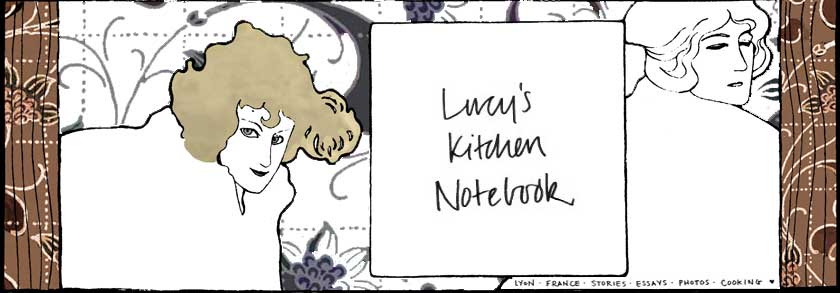









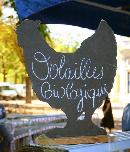
















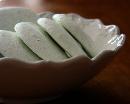








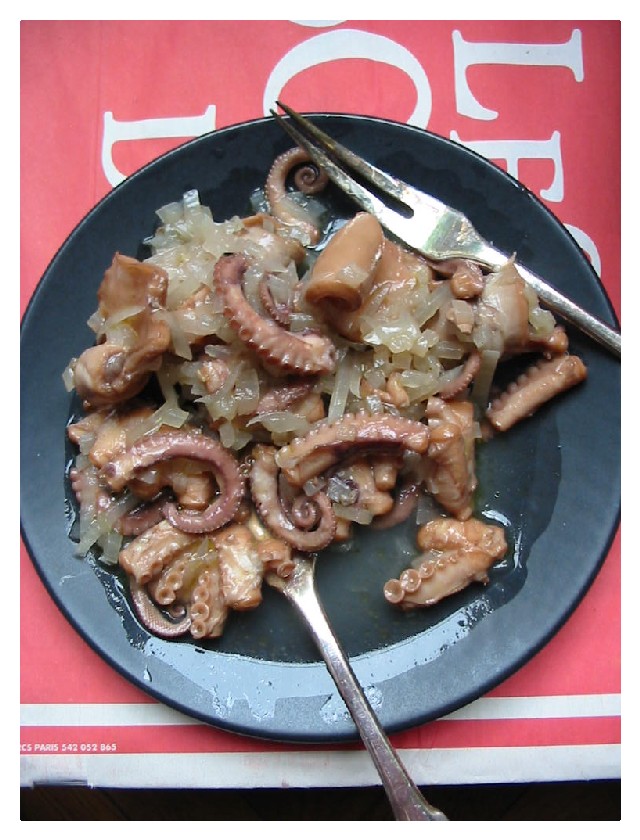


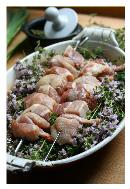













7 Comments:
Wow, you learn something new everyday, both my parents were atheists from a strongly anti-Catholic Protestant background, yet we still had a dessert course at the end of each Christmas lunch with most of the items you mention. If only I had understood the significance of the nuts, figs and muscat raisins, it would have made it all the more enjoyable eating them.
Happy Christmas.
Happy Christmas!
Thanks Lucy for the wonderful tradition to start. Happy Christmas.
I tried to make pompe a l'huile two years ago and it was a terrible failure. I will have to post the photos I took for a laugh.
Yours looks lovely, Lucy.
And I wish I'd seen your treize desserts list. I decided to have three instead. Weel, maybe four...
I have tried 4 recipes for pompe à l'huile. This is the first one that worked! I cut it in half, and used the Kitchen Aid mixer to knead it. The supermarket here didn't have organic lemons or oranges, so I used some juice for each, and it was perfect!
Merci!
David
monsieur66@hotmail.com
Thank you for checking back David with your report on the recipe. A very happy new year to you! Mimi, watch the mail, I have sent you a card. L
I enjoy baking with olive oil, and this bread sounds wonderful. It is completely new to me; thank you for the introduction. Merry Christmas to you and yours and best wishes for a brilliant 2016!
Post a Comment
<< Home